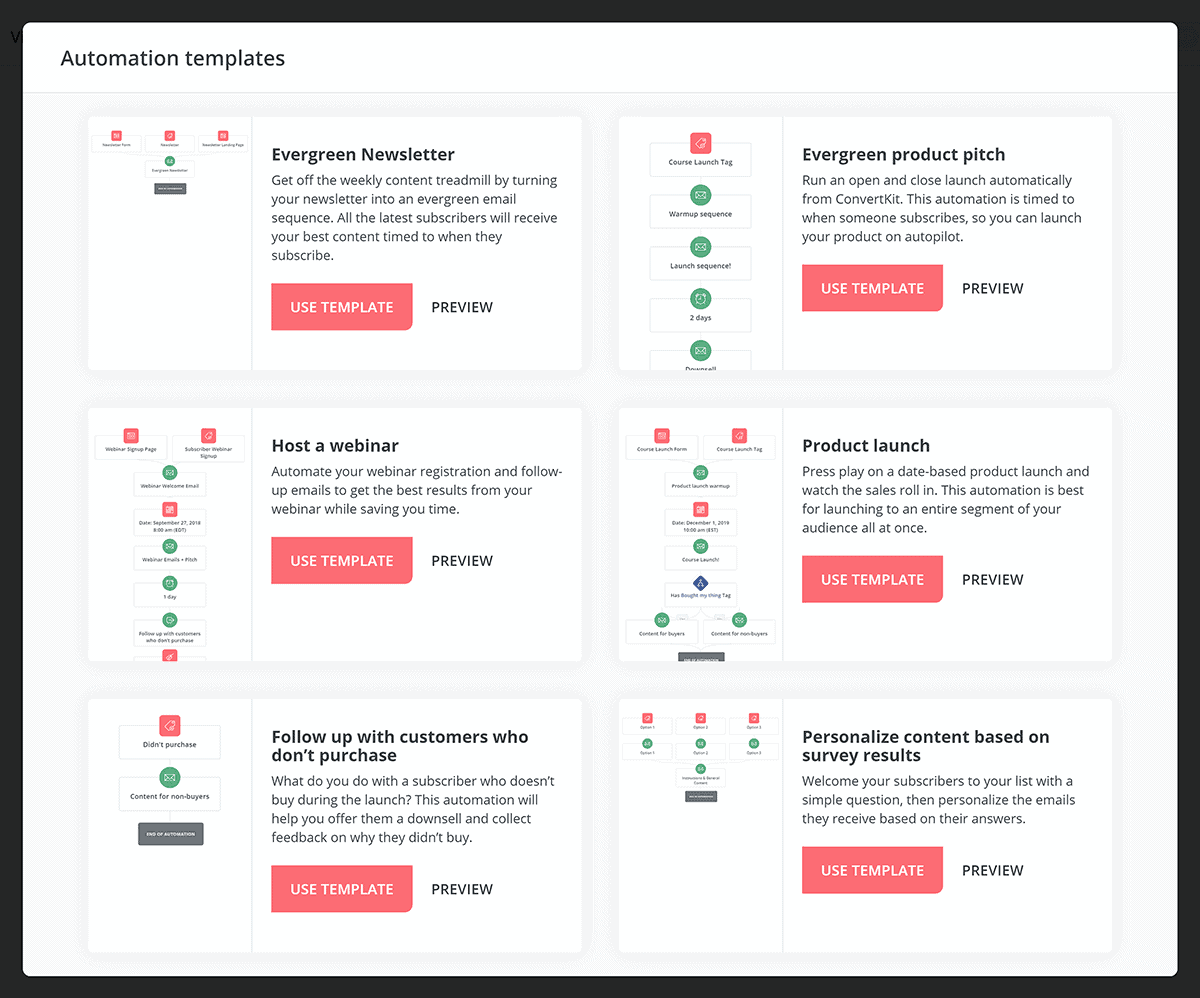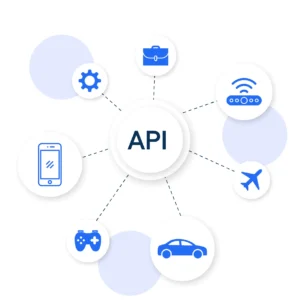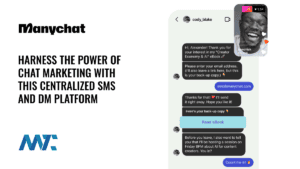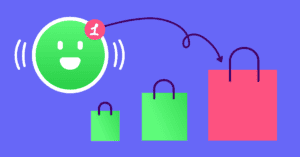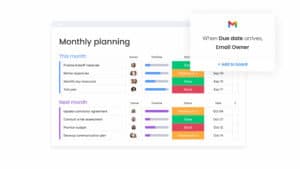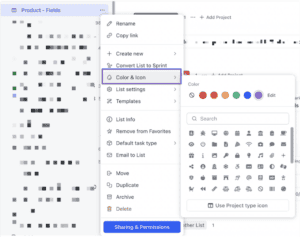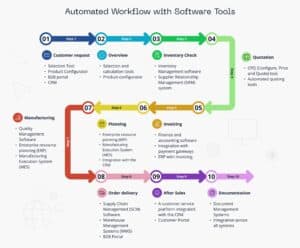ConvertKit Automation: The Beginner’s Guide
Master ConvertKit’s automation to save time, build relationships, and drive engagement with your audience effortlessly.
Email marketing automation simplifies the process of nurturing your audience, allowing you to deliver tailored content at the right time. For content creators, freelancers, and entrepreneurs, ConvertKit’s automation tools streamline workflow and create personalized experiences for subscribers. Here’s a complete beginner’s guide to using ConvertKit automation to build your audience and grow your business.
What is Email Automation, and Why Does it Matter?
Email automation refers to setting up emails to be sent automatically based on triggers, like a subscriber joining your list or clicking a specific link. ConvertKit’s automation helps you reach your audience with relevant, timely messages without manually sending each email. For creators, it means focusing more on content and less on the mechanics of distribution.
Getting Started with ConvertKit Automation
1. Using the Visual Automation Builder
- What It Does: ConvertKit’s Visual Automation Builder is a drag-and-drop tool that lets users create custom workflows easily.
- Why It’s Important: This tool simplifies automation setup, making it easy to map out sequences visually.
- Example: Create a welcome sequence that triggers when a new subscriber joins your list, guiding them through a series of introductory emails.
2. Setting Up Automated Email Sequences
- What It Does: Allows you to create a sequence of emails that sends based on specific subscriber actions or timing intervals.
- Why It’s Important: Sequences keep subscribers engaged without requiring daily attention, freeing up time for other tasks.
- Example: Set up a sequence to deliver a free course, sending one email per day with new content over a week.
3. Subscriber Tagging and Triggered Automations
- What It Does: Tags allow you to label and categorize subscribers based on their interests or actions, triggering tailored automations.
- Why It’s Important: Tagging and triggering enable more personalized messaging, making subscribers feel understood and valued.
- Example: Tag subscribers interested in specific content, like digital marketing, and trigger an automation that sends them a related email series.
4. Conditional Email Content
- What It Does: Adjusts email content based on each subscriber’s profile or interests, offering a tailored experience.
- Why It’s Important: Personalization increases open rates and engagement, making emails more relevant and appealing.
- Example: For subscribers interested in blogging tips, show relevant blog content within your email while hiding other sections.
5. Creating Goal-Based Automations
- What It Does: Goals allow you to set specific outcomes, like completing a course or buying a product, that shift subscribers to the next automation step.
- Why It’s Important: Goals help you track engagement and automatically adjust workflows based on subscriber behavior.
- Example: If a subscriber completes a lead magnet series, a goal can move them to a product launch sequence.
Step-by-Step Guide to Setting Up Your First ConvertKit Automation
Step 1: Define the Goal of Your Automation
- Clarify what you want subscribers to achieve, such as completing a course, engaging with content, or making a purchase. This helps structure the automation effectively.
Step 2: Create a Lead Magnet to Attract Subscribers
- A lead magnet, like a free guide or resource, can be a powerful entry point. Use ConvertKit’s landing pages to create a form that links directly to your automation.
Step 3: Build a Welcome Sequence
- Introduce your brand with a series of emails that help new subscribers learn about your content and what they can expect. Keep this sequence friendly and informative.
Step 4: Use Tagging to Segment Subscribers
- Set tags based on the subscriber’s actions or interests to enable targeted follow-up content. Segmentation ensures that your messages stay relevant and personalized.
Step 5: Monitor Automation Performance
- Use ConvertKit’s analytics to check metrics like open rates, click-through rates, and completion rates. Tweak your emails and automation steps to improve engagement based on this data.
Tips for Maximizing Engagement with ConvertKit Automation
Offer Value in Every Email
- Ensure that each email provides value to the reader, whether through tips, insights, or resources. Value-rich content keeps subscribers engaged and invested in your brand.
Test and Refine Your Automation
- Regularly review your sequences and make adjustments based on analytics. Small tweaks can have a big impact on engagement and overall campaign success.
Integrate Dynamic Content
- Use conditional content to customize messages based on subscriber interests, ensuring each message feels tailored and personal.
Set Clear Calls to Action
- Include actionable CTAs in each email, guiding subscribers to the next step, whether reading more content, signing up for a course, or making a purchase.
Conclusion
ConvertKit’s automation tools are perfect for beginners looking to streamline their email marketing, build strong audience connections, and drive engagement effortlessly. By using tagging, sequencing, and personalized content, you can create valuable, tailored experiences that keep subscribers engaged over time.
FAQs
What is ConvertKit automation, and how does it work?
ConvertKit automation allows users to create workflows that automatically send emails based on triggers like sign-ups or clicks, simplifying audience engagement.
Can I personalize emails with ConvertKit automation?
Yes, ConvertKit’s conditional content and tagging options allow users to personalize emails, increasing relevance and engagement for subscribers.
How does tagging help with automation?
Tagging categorizes subscribers based on interests or actions, enabling more targeted automations and ensuring subscribers receive relevant content.
Is ConvertKit’s automation beginner-friendly?
Absolutely. ConvertKit’s Visual Automation Builder and easy-to-use interface make it ideal for beginners looking to automate their email marketing.
Can I adjust automations after they’re live?
Yes, ConvertKit allows users to modify automations at any time, providing flexibility to refine workflows based on audience response.
Top Tools to Simplify and Scale Your Business
- ConvertKit: Creator-focused email platform with automation, tagging, and personalized workflows.
- ActiveCampaign: Comprehensive CRM with automation and email marketing features for advanced users.
- MailerLite: Affordable email tool with drag-and-drop editor and basic automation.
- Drip: Powerful email automation and segmentation platform for eCommerce.
- HubSpot: All-in-one CRM with automation, email marketing, and in-depth analytics.
Keywords: ConvertKit automation, beginner’s guide, email sequences, subscriber tagging, email personalization, ConvertKit for creators, automated workflows

